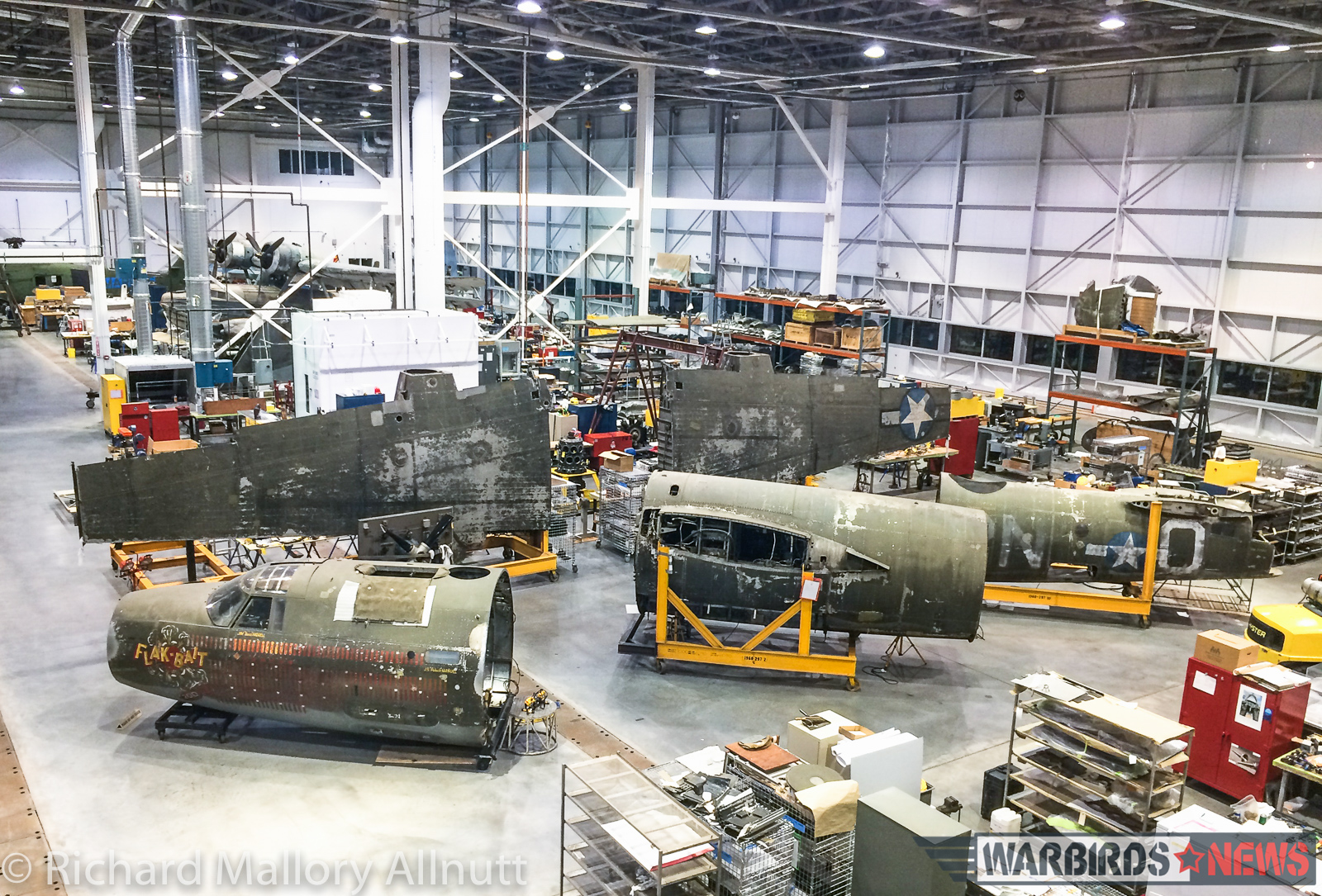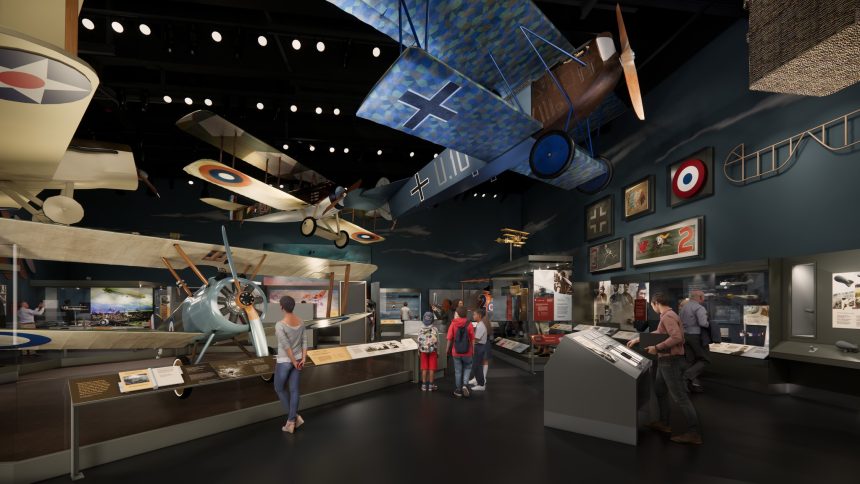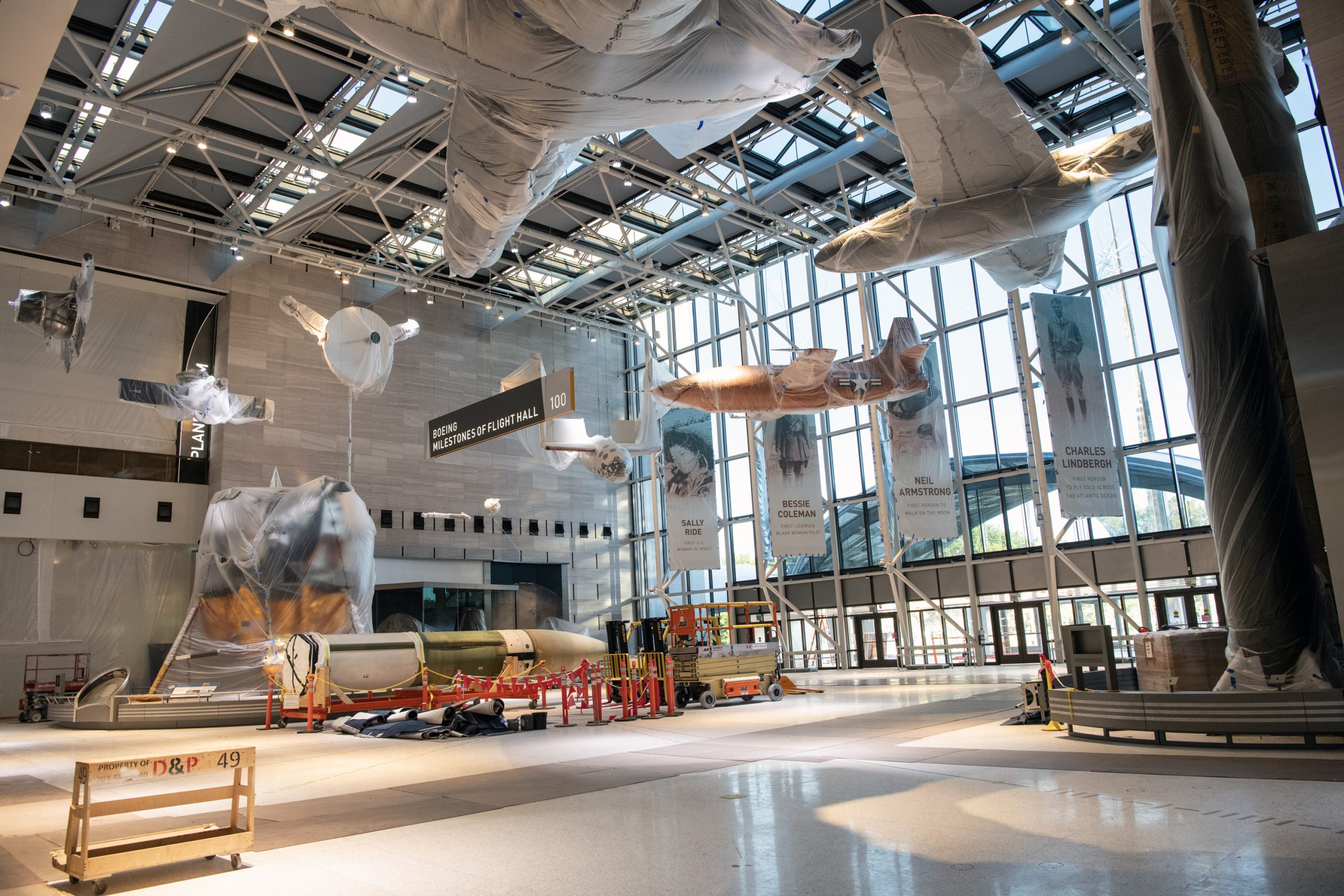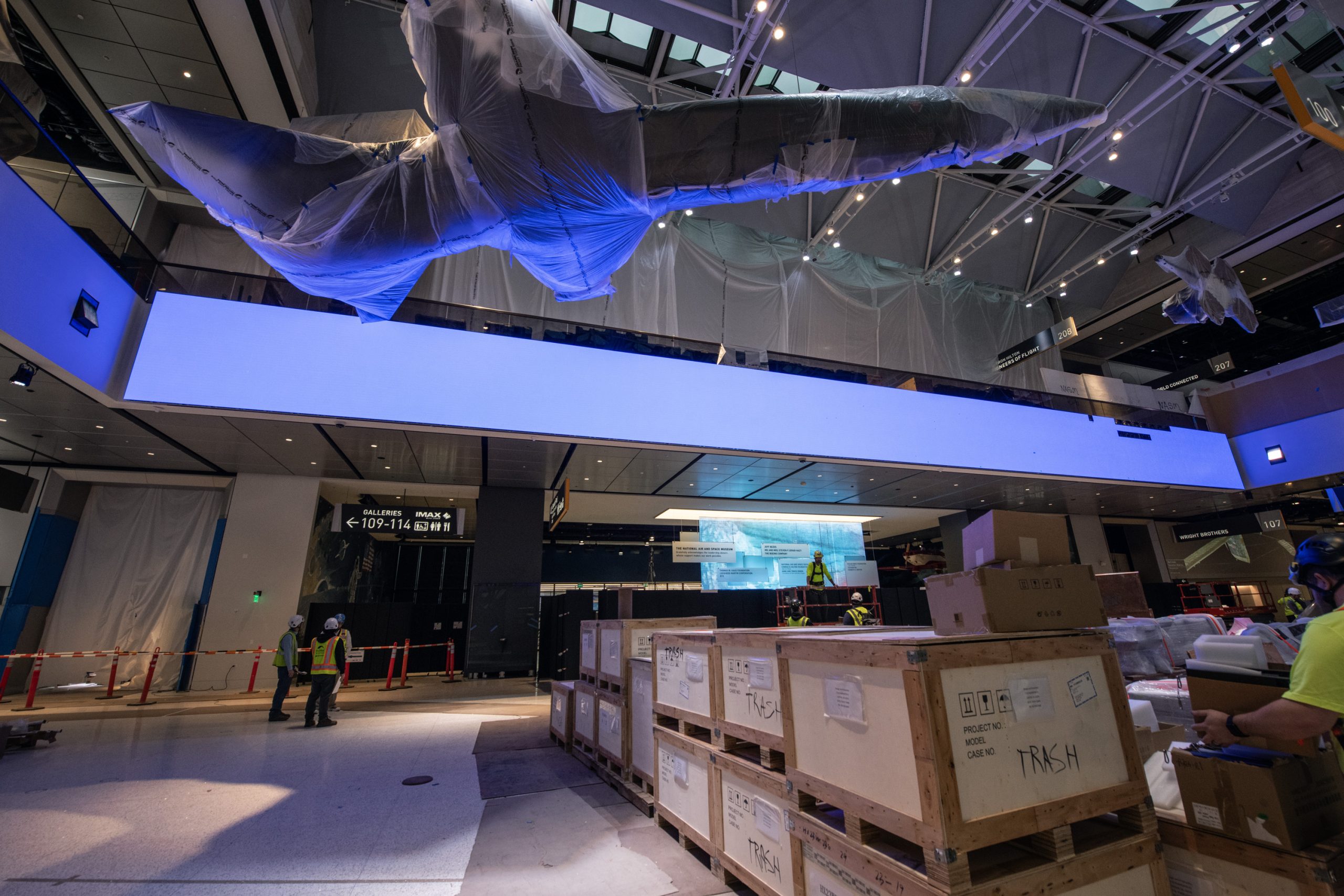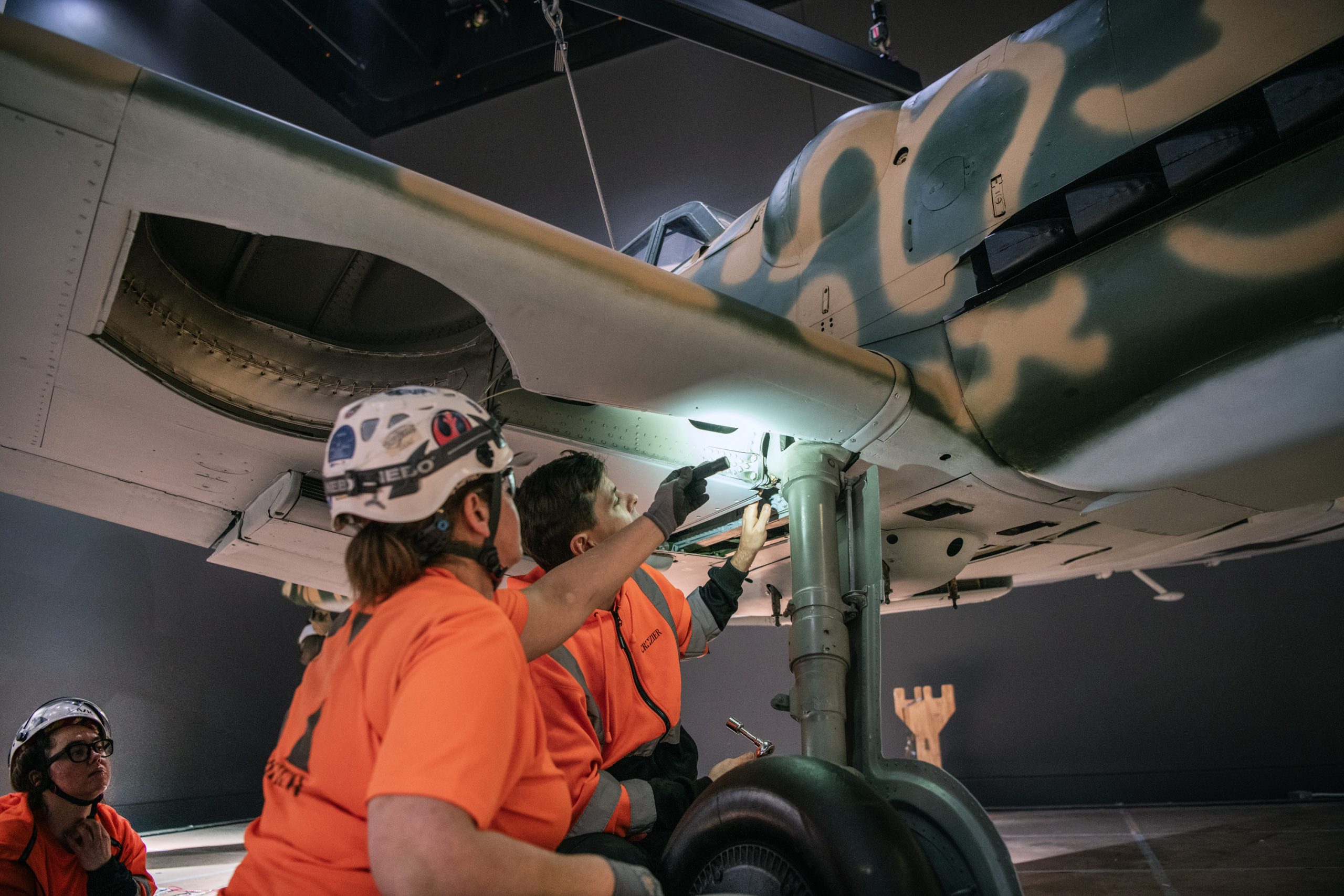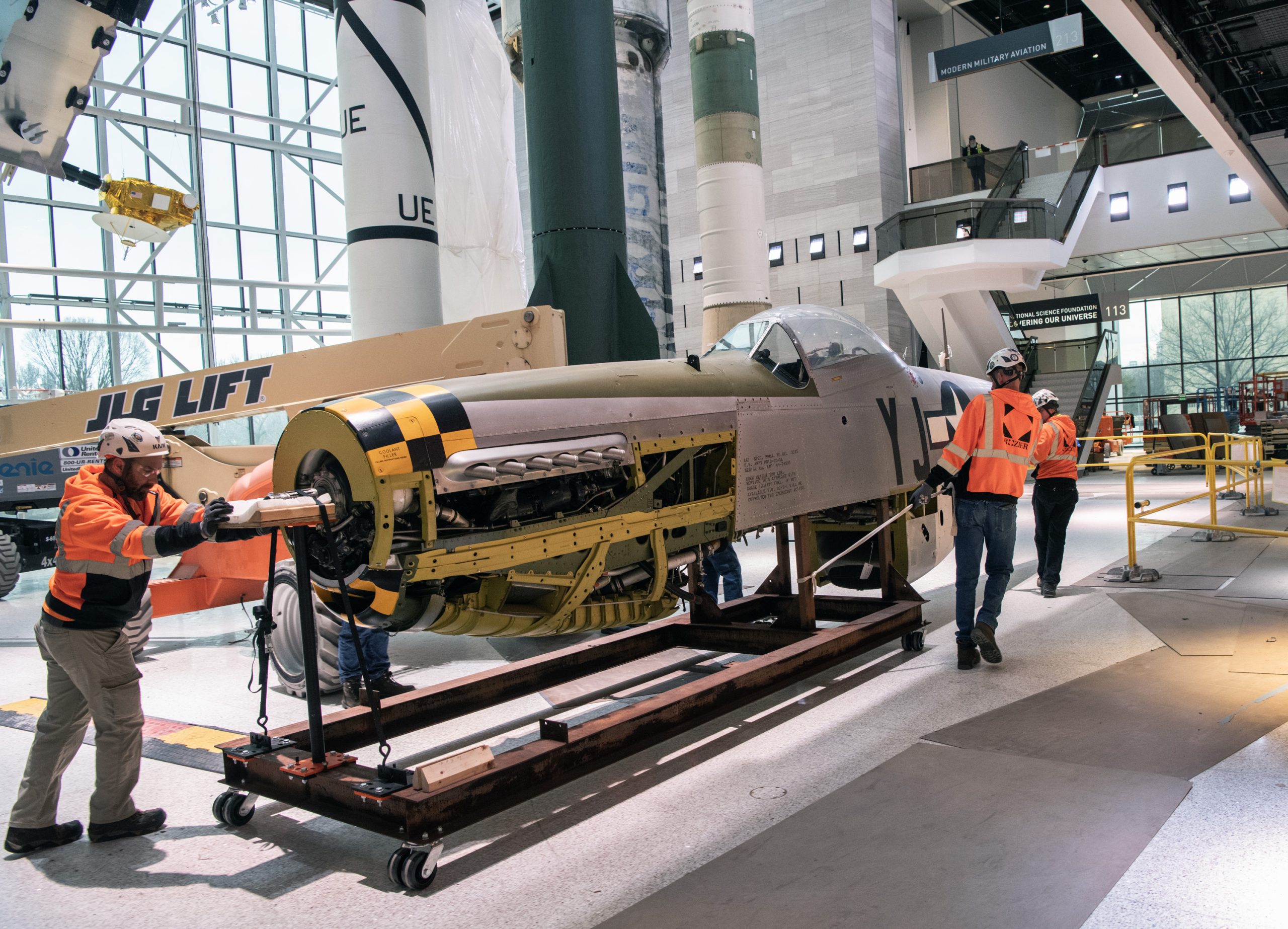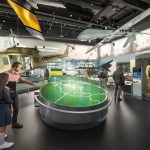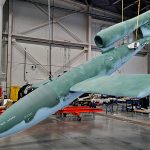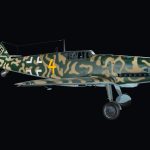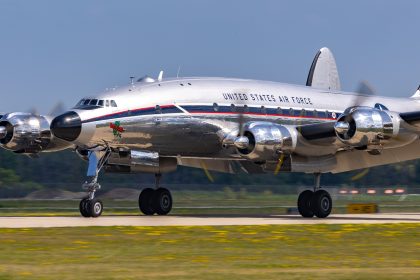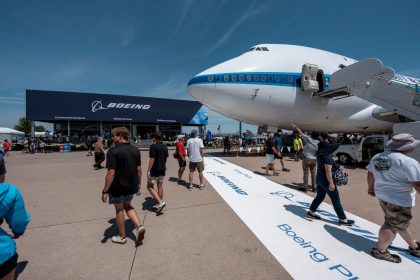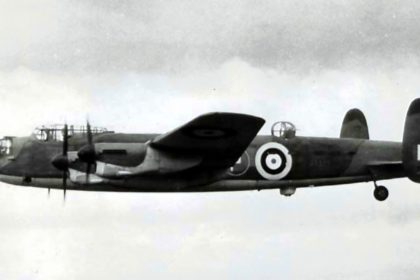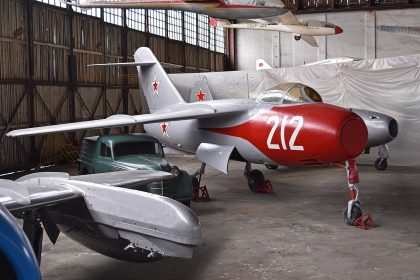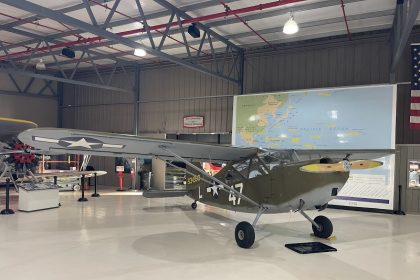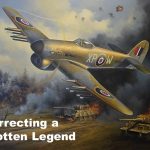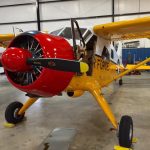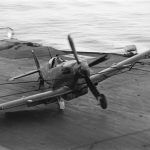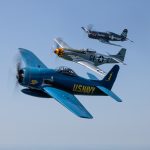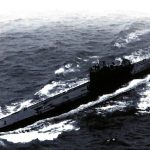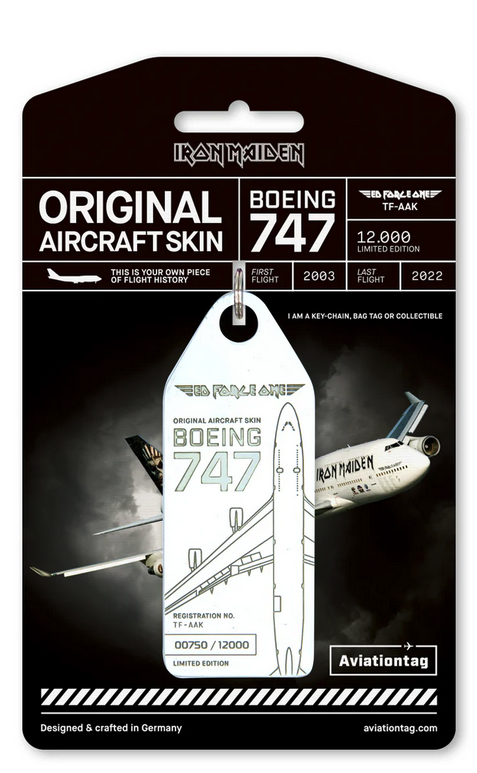The Smithsonian Institution’s National Air and Space Museum has announced the opening dates for galleries under renovation at the National Mall location in downtown Washington, D.C. The ongoing renovations to the building and its galleries have been underway since 2018 and represent the biggest changes to the National Air and Space Museum building since its opening 49 years ago in 1976. Since 2022, eight of the 20 galleries at the National Mall have been reopened, and five newly renovated galleries will reopen to the public on July 28, while the remainder are currently scheduled to reopen on July 1, 2026, the 50th anniversary of the museum’s opening during the United States’ Bicentennial celebrations.
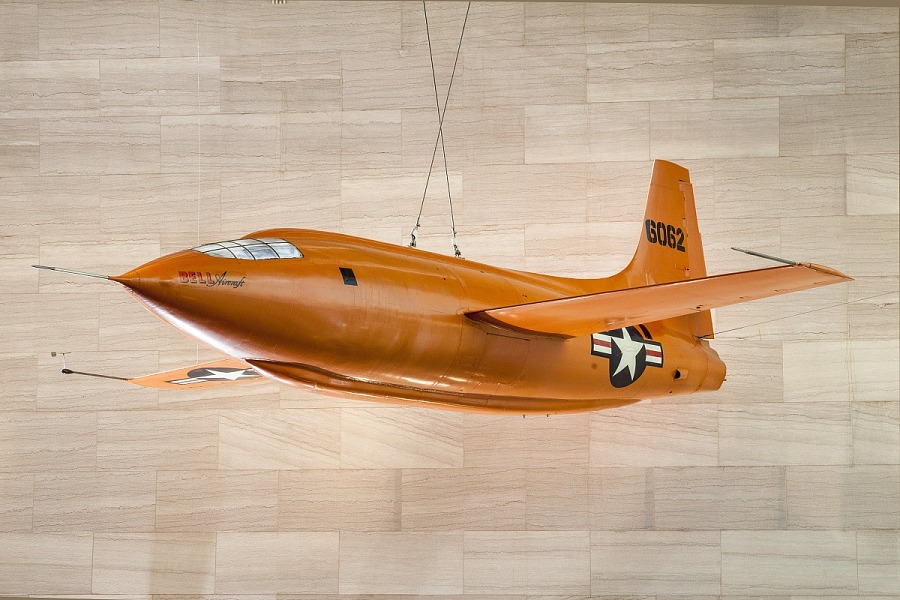
The five galleries set to reopen on July 28 will be the Aerospace and Our Changing Environment, the Futures in Space, Boeing Milestones of Flight, Barron Hilton Pioneers of Flight, and World War I: The Birth of Military Aviation. We have previously covered the new iterations of the Pioneers and WWI galleries HERE and HERE, and similar to how those galleries will have some aircraft seen in earlier iterations of the galleries and others that have never been in these galleries before, the new take on the Milestones of Flight gallery will feature the Bell X-1 “Glamorous Glennis” flown by Chuck Yeager to break the “sound barrier” in October 1947, the North American X-15 that flew to speeds in excess of Mach 6, the Bell XP-59A Airacomet, the first American jet-powered aircraft, and SpaceShipOne, the first privately developed spaceplane to enter suborbital flight in 2004. The gallery will also include the Mercury capsule Friendship 7, in which John Glenn became the first American astronaut to orbit the Earth, the backup spacecraft for Telstar, the first active communications satellite, launched in 1962, and the Lunar Module LM-2, presently configured to appear as the Apollo 11 Lunar Module “Eagle”.
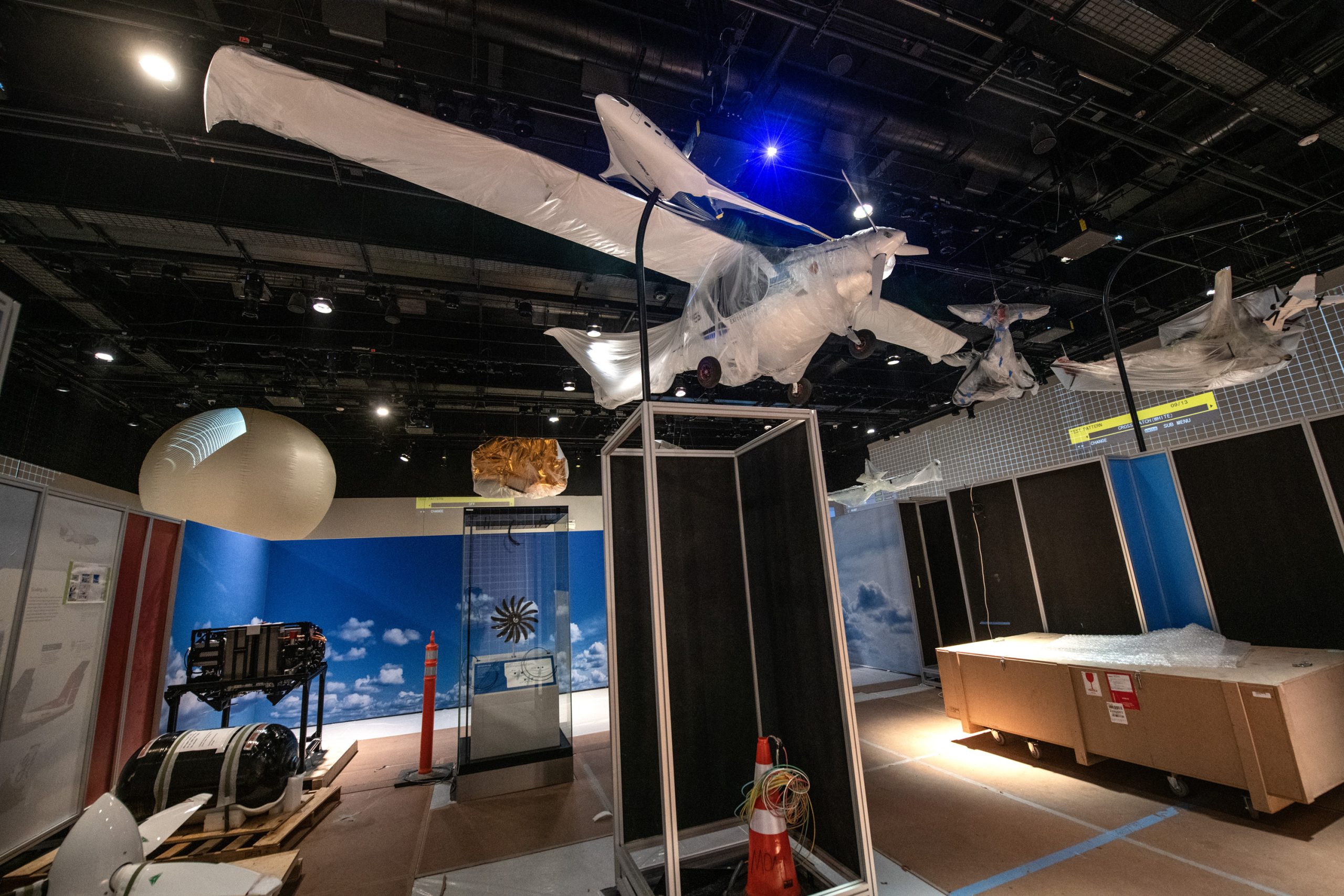
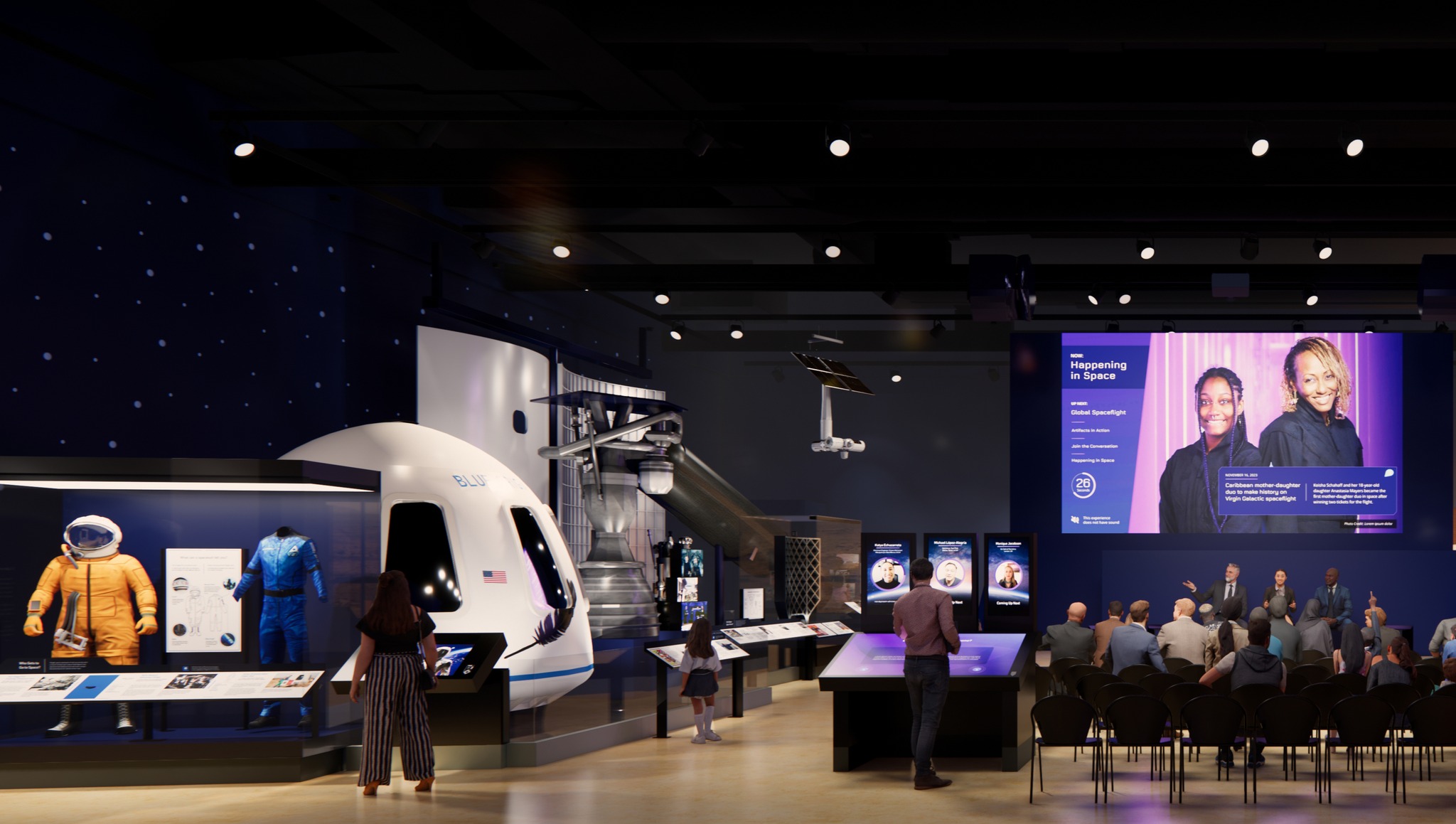
Since the opening of the first renovated galleries in 2022, contractors have been hard at work installing numerous aircraft, spacecraft, and micro-artifacts in the renovated galleries set to open within this year and the next. During the renovation of the building’s infrastructure, these items were shipped to the National Air and Space Museum’s Steven F. Udvar-Hazy Center in Chantilly, Virginia, where they were placed in storage and refurbished, with some air and spacecraft being placed on temporary display. Some items have also been moved from the Udvar-Hazy Center to go on display on the National Mall, such as the museum’s original Sopwith Camel, donated through the estate of WWI aircraft collector Javier Arango, which will be in the new World War I gallery set to open this July.
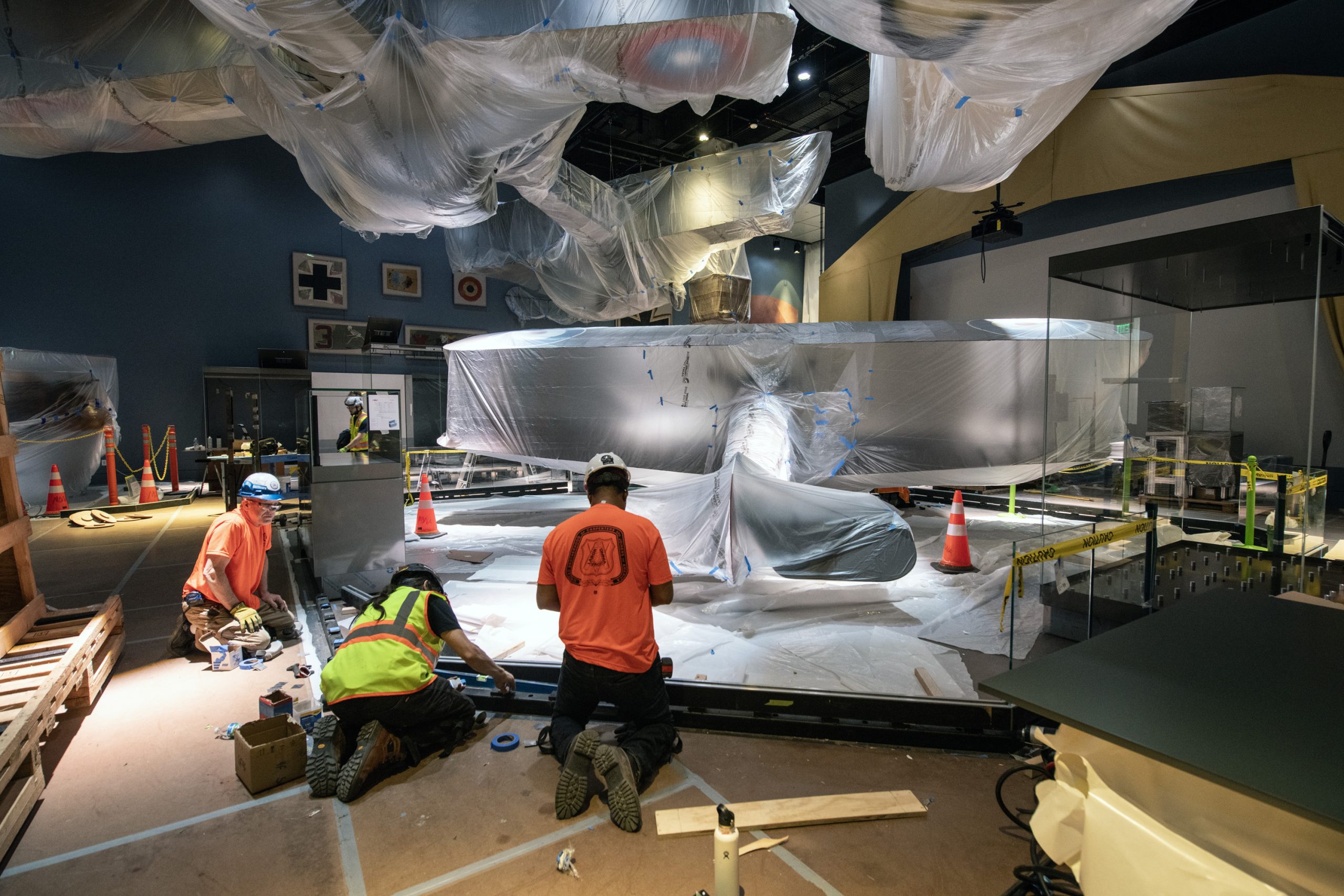
The remaining galleries that will be reopened are the At Home in Space, U.S. National Science Foundation Discovering Our Universe, Flight and the Arts Center, Textron How Things Fly, RTX Living in the Space Age, Modern Military Aviation, and the Jay I. Kislak World War II in the Air galleries. These seven galleries will be opened to the public on July 1, 2026, in order to mark the 50th anniversary of the National Air and Space Museum building’s opening in 1976, which was attended by then-sitting President Gerald Ford, with Apollo 11 astronaut Michael Collins serving as the museum’s director.
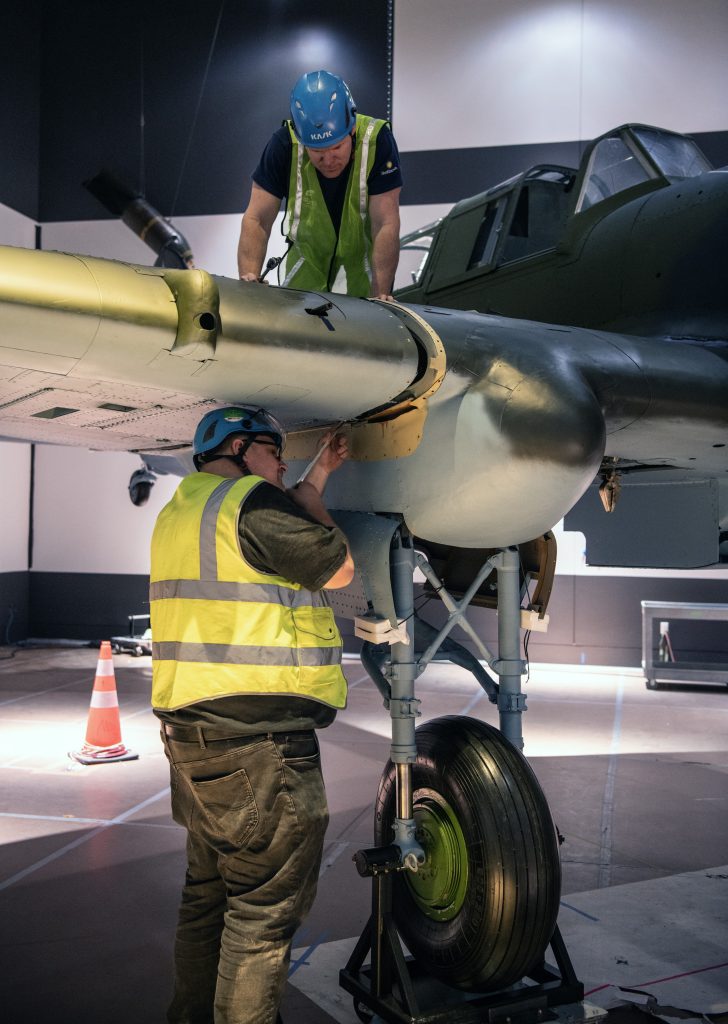
The final opening of the new galleries also promises potential for the Steven F. Udvar-Hazy Center. During the renovation of the National Mall location, aircraft and spacecraft destined for the new galleries were refurbished in the Udvar-Hazy Center’s Mary Baker Engen Restoration Hangar, which led to the long-term hiatus on several projects at Udvar-Hazy, such as the conservation of the Martin B-26B Marauder “Flak-Bait” WWII medium bomber that flew over 200 missions from 1943 to 1945. With all the galleries on the National Mall reopened by July 2026, the eagerly awaited work on “Flak-Bait” can resume, while other aircraft currently displayed in disassembled sections inside the Udvar-Hazy’s Boeing Aviation Hangar, such as the Boeing B-17G Flying Fortress “Shoo Shoo Shoo Baby” transferred from the National Museum of the United States Air Force, will at last be fully reassembled once again.
